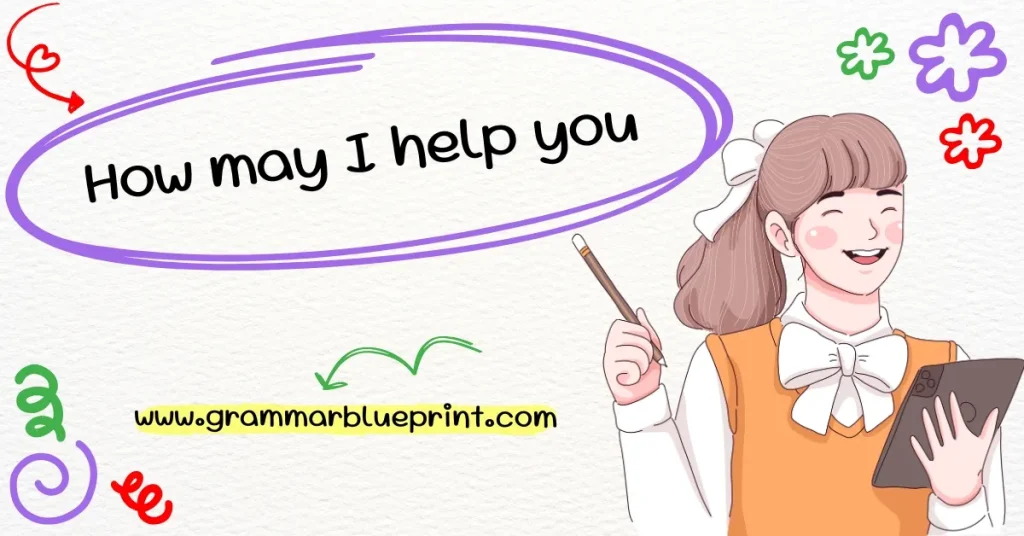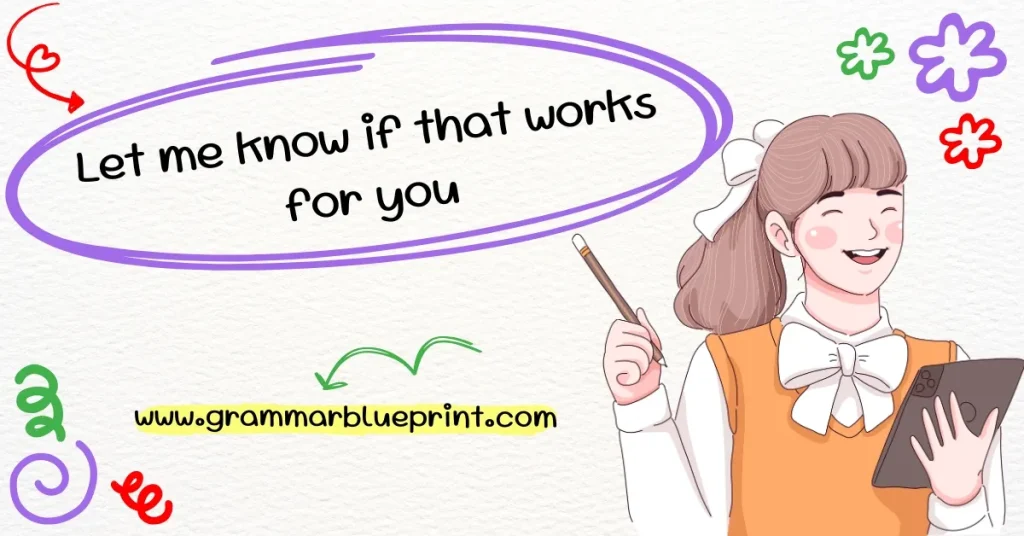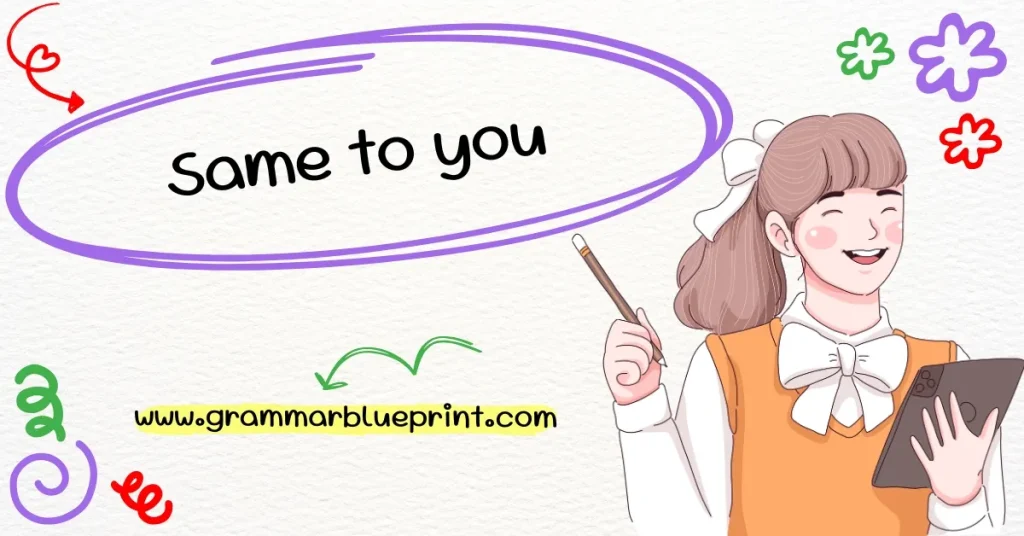We’ve all been in situations where we needed help, and we’ve also found ourselves offering assistance to others. One of the most polite and formal ways to do this in English is by saying, “How may I help you?” Whether you’re in a customer service role, a job interview, or just assisting a colleague or friend, this phrase sets the right tone for any conversation. In this article, we’ll explore the meaning, best uses, and alternatives to “How may I help you,” and offer tips on how to use it effectively in different scenarios.
What is “How May I Help You”?
The phrase “How may I help you?” is a polite and formal way of offering assistance to someone. It’s used to offer help and is considered courteous because it gives the other person the opportunity to express their needs without being pressured.
In English, “How may I help you?” conveys a respectful tone, signaling that you’re ready and willing to assist without imposing. It’s often used in customer service, business settings, and formal communication but can also be adapted to informal conversations with a slightly relaxed tone.
While it’s one of the most formal ways to offer help, variations of this phrase exist, each with its unique nuance. This makes it a versatile tool for creating positive communication experiences.
When to Use “How May I Help You”
The phrase “How may I help you?” is especially suitable for formal contexts. It’s the go-to expression for customer service representatives and professionals dealing with clients, whether over the phone or in person. It’s commonly heard in stores, hotels, offices, or any environment where services are provided.
You can also use this phrase in job interviews or formal meetings, where you might be asked to assist a colleague, client, or superior. Its level of formality makes it ideal for such settings, where politeness and professionalism are key.
In casual, everyday interactions, using “How may I help you?” can be seen as overly formal. For such situations, lighter alternatives like “Can I help you?” or “What can I do for you?” work better.
Benefits of Using “How May I Help You”
Using “How may I help you?” brings several advantages to communication, especially when seeking to build rapport or maintain professionalism.
Politeness and Professionalism
This phrase reflects both respect and professionalism. It signals that you’re ready to assist, without rushing or interrupting. Politeness is key in maintaining positive relationships, and this phrase ensures you approach others with an open and respectful attitude.
Clarity and Simplicity
“How may I help you?” is easy to understand, making it perfect for non-native speakers. The phrase is straightforward and requires little interpretation, ensuring that everyone, regardless of their English proficiency, can understand and respond appropriately.
Building Rapport
Offering assistance in a polite, clear manner helps build trust and rapport. Whether in a customer service situation or a personal conversation, starting with this phrase creates a positive and welcoming environment. It shows that you are attentive and genuinely interested in helping the other person.
How to Use “How May I Help You” in Different Scenarios
Customer Service
In customer service, “How may I help you?” is the standard phrase used to initiate assistance. It’s a courteous way of letting the customer know you’re available to help and sets the tone for a positive interaction.
Example:
- Customer: “I’m looking for a red shirt.”
- Customer Service Representative: “How may I help you find the perfect one?”
Here, the phrase is used to offer assistance in a professional and respectful manner.
Job Interviews
During job interviews, you might use this phrase to demonstrate your willingness to assist or contribute to the organization. It shows that you are polite, approachable, and service-oriented, traits that are valuable in many professional roles.
Example:
- Interviewer: “Can you tell me how you would handle multiple projects at once?”
- Interviewee: “Absolutely, how may I help by prioritizing tasks to ensure efficiency?”
This shows that you are engaged and ready to offer solutions, a good trait in any workplace.
General Conversations
In informal conversations, using “How may I help you?” can sometimes come off as overly formal. However, it’s still useful in settings where you want to maintain respect while offering assistance. In a more casual context, a variation like “How can I help you?” may be more fitting.
Example:
- Friend: “I’m struggling with this assignment.”
- You: “How may I help you with that?”
This expresses politeness while keeping the tone respectful.
Better Alternatives to Say “How May I Help You”
While “How may I help you?” is a wonderful expression, sometimes a different approach might be better suited depending on the tone, setting, and level of formality you wish to convey. Below are some alternatives with meanings, definitions, and usage examples.
1. How can I assist you?
Meaning: A more direct way of offering help.
Best Use: Professional settings or when you need to quickly offer assistance.
Tone: Polite but a bit more casual than “How may I help you.”
2. How can I help you today?
Meaning: Indicates a more immediate and personal offer of help.
Best Use: Customer service or sales settings.
Scenario Example: “Welcome! How can I help you today?”
3. What can I do for you?
Meaning: A friendly and open-ended way to offer assistance.
Best Use: Casual settings or when talking to friends or colleagues.
Scenario Example: “Hey! What can I do for you?”
4. How can I be of service?
Meaning: A slightly more formal and elegant way to offer assistance.
Best Use: In customer-facing roles, such as in hotels or restaurants.
Scenario Example: “Good evening, sir. How can I be of service tonight?”
5. What can I help you with?
Meaning: A more direct and informal way of asking someone how you can be useful.
Best Use: In casual conversations, especially when you’re offering specific help.
Scenario Example: “What can I help you with today?”
6. Is there something I can do for you?
Meaning: A slightly more personal way of offering help.
Best Use: When you want to show personal care or attention.
Scenario Example: “Is there something I can do for you?”
7. How may I serve you?
Meaning: A formal, respectful way of offering assistance.
Best Use: In highly formal situations or service industries.
Scenario Example: “How may I serve you, madam?”
8. How can I support you?
Meaning: Offers help in a way that implies ongoing assistance.
Best Use: In professional environments where teamwork and support are needed.
Scenario Example: “Let me know how I can support you with this project.”
9. What assistance can I provide?
Meaning: A formal yet polite way of offering help.
Best Use: Professional settings where you are asked to assist in a specific task.
Scenario Example: “What assistance can I provide during your visit?”
10. What do you need help with?
Meaning: Directly asks what the person needs assistance with.
Best Use: Casual settings or when you need specific direction.
Scenario Example: “What do you need help with today?”
11. How may I be of help?
Meaning: A slightly softer way of offering assistance.
Best Use: Professional settings or when offering your support to someone you don’t know well.
Scenario Example: “How may I be of help with this issue?”
12. Is there anything you need?
Meaning: A polite, open-ended offer to assist with anything the person might require.
Best Use: Casual conversations with friends, family, or colleagues.
Scenario Example: “Is there anything you need from the store?”
13. How can I make things easier for you?
Meaning: This phrase shows you want to provide practical assistance in a way that lightens the person’s load.
Best Use: In professional or customer service settings, especially when dealing with problems.
Scenario Example: “How can I make things easier for you regarding this task?”
14. How can I help?
Meaning: A very direct and simple way to offer help.
Best Use: Casual or informal settings, when you want to offer assistance without too much formality.
Scenario Example: “How can I help with this project?”
15. How would you like me to assist you?
Meaning: A more flexible way of offering help, asking the person how they would prefer you to assist.
Best Use: Professional settings where the person may have specific needs or expectations.
Scenario Example: “How would you like me to assist you with the report?”
16. How can I help you out?
Meaning: A more informal way to offer help.
Best Use: Casual conversations with friends or colleagues.
Scenario Example: “Hey, how can I help you out with this issue?”
17. Can I offer you any assistance?
Meaning: A formal way of offering help, suitable for professional or customer service contexts.
Best Use: Customer service or when you want to keep things formal.
Scenario Example: “Can I offer you any assistance with your order today?”
18. What would you like help with?
Meaning: Directly asks the person what they need assistance with, with a polite tone.
Best Use: Casual or semi-formal settings when offering help.
Scenario Example: “What would you like help with today?”
19. What can I do to assist you?
Meaning: A polite and slightly formal offer to help.
Best Use: Professional or customer service contexts where you want to be of service.
Scenario Example: “What can I do to assist you in resolving this issue?”
20. How can I help with that?
Meaning: A more specific way to offer help, especially after the other person has mentioned a task or issue.
Best Use: When the other person has already outlined a need.
Scenario Example: “I see you’re working on that report. How can I help with that?”
21. How can I serve you today?
Meaning: A polite and respectful offer of assistance, often used in service industries.
Best Use: Formal settings, especially in hospitality or service-related industries.
Scenario Example: “Good morning, how can I serve you today?”
22. What would be helpful for you?
Meaning: A gentle way of asking what type of help the person needs.
Best Use: In conversations where you want to focus on making things easier for someone.
Scenario Example: “I’m happy to help. What would be helpful for you?”
23. Is there anything I can assist you with?
Meaning: A polite, open-ended offer of help.
Best Use: Professional settings, especially in customer service.
Scenario Example: “Is there anything I can assist you with during your visit?”
24. How may I be of assistance to you?
Meaning: A formal and slightly more refined version of offering help.
Best Use: In highly formal settings or customer service roles.
Scenario Example: “Good evening, how may I be of assistance to you?”
25. Do you need any help?
Meaning: A simple and straightforward offer to help.
Best Use: Casual situations or when you see someone struggling with a task.
Scenario Example: “You look busy. Do you need any help with that?”
26. How can I be of help to you?
Meaning: A polite, formal way to offer assistance.
Best Use: Professional settings where formality and respect are needed.
Scenario Example: “Thank you for your time. How can I be of help to you?”
27. What support can I offer?
Meaning: A more formal and focused way to offer assistance.
Best Use: In work or academic settings where you need to offer specific support.
Scenario Example: “What support can I offer to help with your presentation?”
28. Would you like any assistance?
Meaning: A polite and gentle way to ask if the person would like help.
Best Use: Customer service or formal situations where you want to respect the person’s autonomy.
Scenario Example: “Would you like any assistance with finding the right product?”
29. Is there anything I can do for you today?
Meaning: A friendly and proactive way to offer help.
Best Use: Casual or service settings where you want to offer your help right away.
Scenario Example: “Good morning, is there anything I can do for you today?”
30. What can I do to help you today?
Meaning: A welcoming and flexible offer of assistance.
Best Use: When you want to make the person feel comfortable asking for help.
Scenario Example: “Welcome to the team! What can I do to help you today?”
These alternatives provide a variety of ways to offer help, ensuring that you can choose the one that best suits the situation, whether you’re in a casual or formal setting. By using these phrases, you can enhance your communication skills and convey a respectful and helpful tone in different contexts.
Common Mistakes to Avoid
- Overuse: Repeating “How may I help you?” too frequently can sound robotic or insincere. Vary your phrases to keep interactions fresh and engaging.
- Incorrect Tone or Body Language: Offering help with a sarcastic tone or dismissive body language can make the offer sound less genuine. Always ensure your tone matches the message you’re conveying.
- Misunderstanding the Context: Using “How may I help you?” in casual settings may feel overly formal. It’s best reserved for professional or service-oriented interactions.
Improving Your Communication with “How May I Help You”
To improve your communication skills when offering help, it’s essential to pay attention to the tone and delivery. Ensure your voice is warm, friendly, and professional. Modulate your pitch to sound approachable and sincere, using positive body language to reinforce your message.
In digital communication, such as emails or chats, using this phrase can also be highly effective. You may choose slightly more casual alternatives when writing to make the message feel more personal and less mechanical.
By adding empathy and understanding to your responses, you can build stronger connections with the person you’re helping, whether they’re a customer or a colleague.



